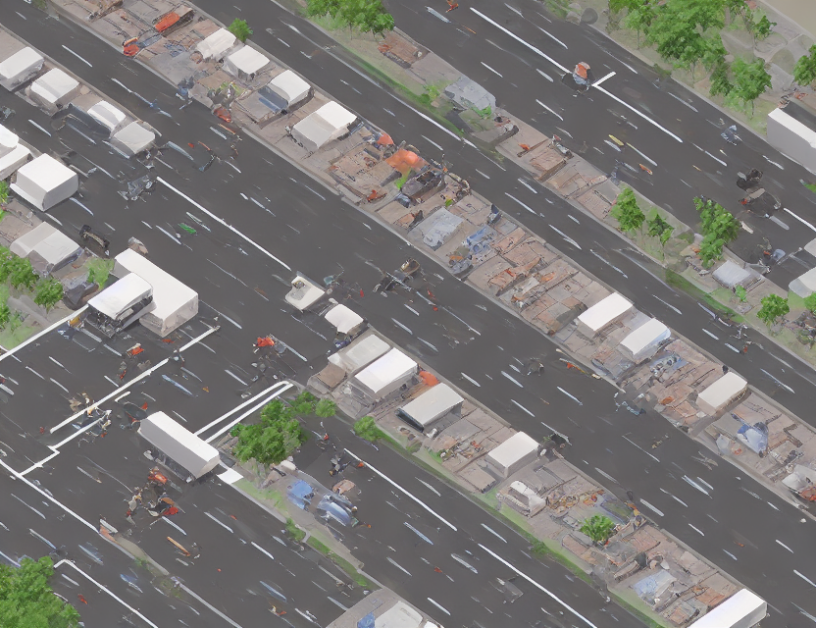In vehicular communication systems, cooperative fusion is a technique used to improve traffic safety and efficiency by sharing information between different modules of the system. The article discusses the common data format used for information exchange within these modules, which includes a header with general information such as version and timestamp, followed by source identification and region of interest. The source identification provides physical parameters on the source (e.g., location and detection) that can be used for further interpretation of the list of objects detected. The region of interest represents the coverage area of the source (e.g., sensor or transmitter). By using a common data format, different modules can share information efficiently and accurately, enabling cooperative fusion and improved vehicle perception.
Analogy: Imagine a group of people working together to build a puzzle. Each person has a different perspective on the puzzle pieces they have collected, but by sharing their information and coordinating with each other, they can create a complete and accurate picture of the puzzle. In cooperative fusion, the different modules of the vehicular communication system are like the individuals working together to build the puzzle, sharing their information to create a more accurate and complete picture of the traffic situation.
Concept Demystified: Cooperative fusion is a technique used in vehicular communication systems to improve traffic safety and efficiency by sharing information between different modules of the system. By using a common data format for information exchange, these modules can coordinate with each other more effectively, enabling cooperative fusion and more accurate vehicle perception.
Complexity Level: 5/10 (moderate complexity)
Target Audience: Average adult with some basic knowledge of technology and traffic safety concepts.



